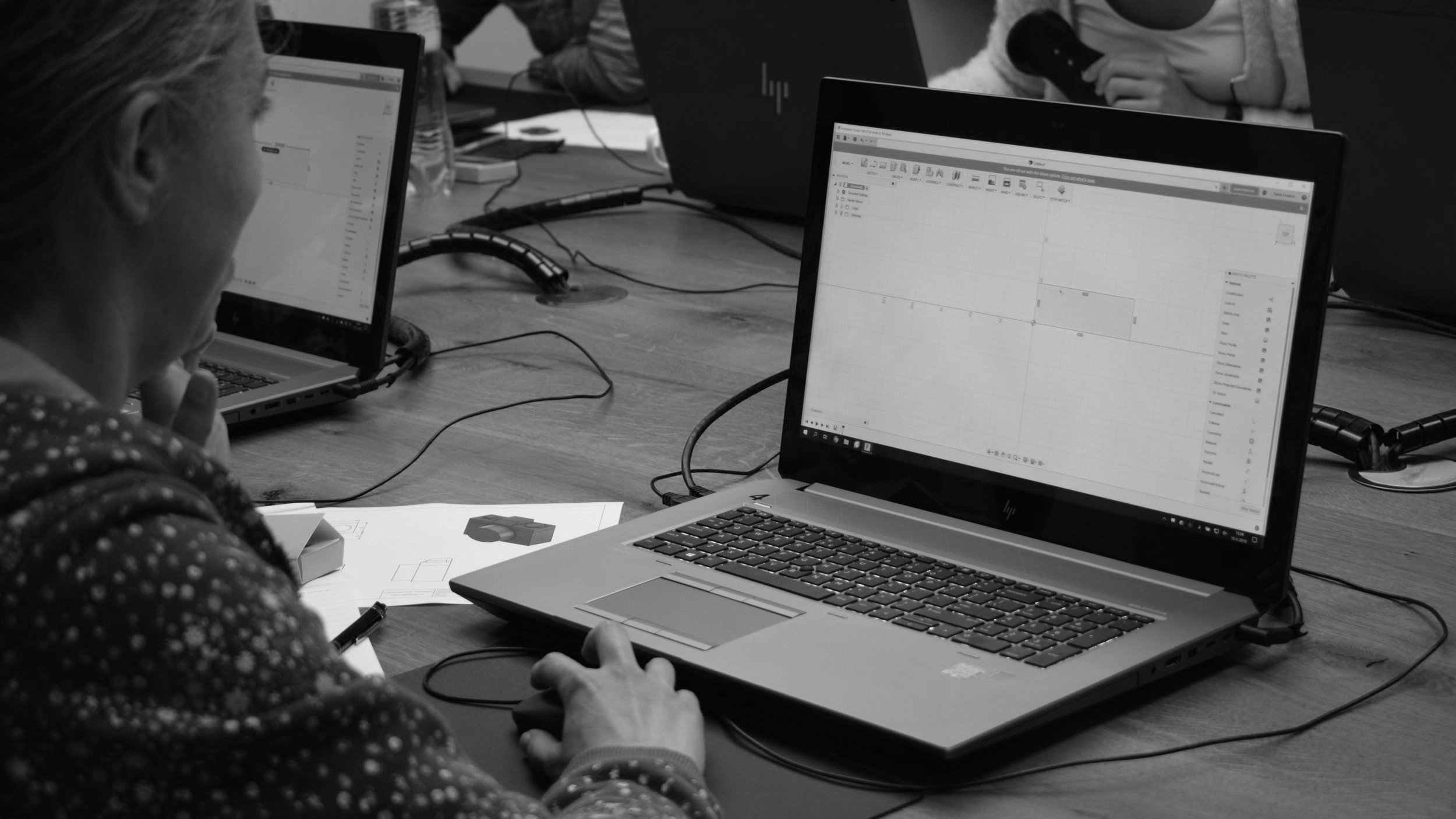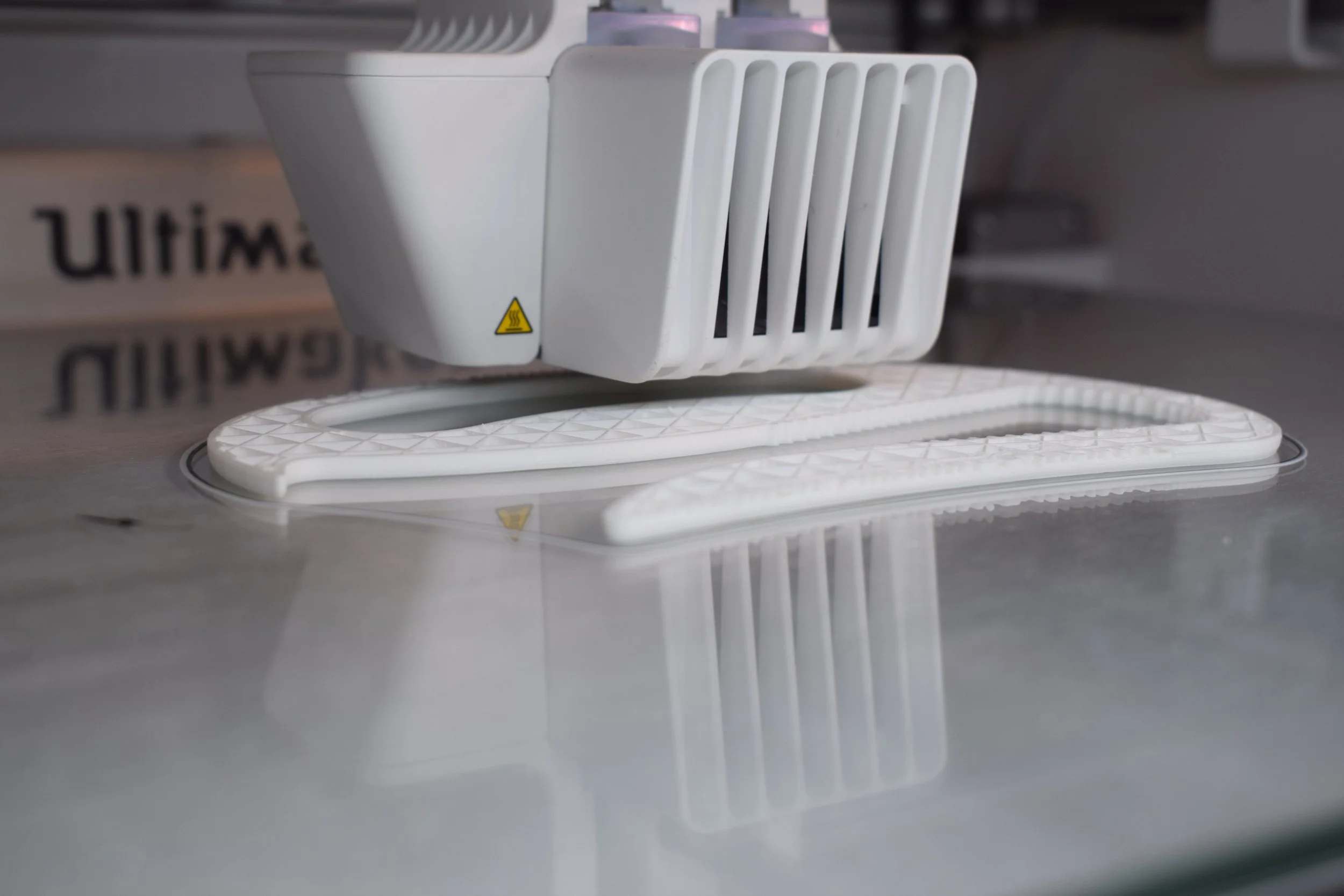
3D printing technology and its possibilities for occupational therapists
This research was part of a publication at CHI '20: Proceedings of the 2020 CHI Conference on Human Factors in Computing Systems · Apr 1, 2020
Project background
3D printing technology offers possibilities for occupational therapists (OTs) to develop highly customised assistive technologies that fit client’s unique needs. Such customisation could possibly mitigate the abandonment rate of assistive devices. Yet, only little is known about the stimulators and barriers affecting OT’s decisions to use 3D printing technology in their profession.
My role
I identified factors that play a relevant role in the acceptance of 3D printing technology by OTs. I further investigated the effects of a hands-on experience with 3D modelling software on OT’s acceptance of this technology.
Methodology
I conducted 14 interviews with 17 Dutch OTs. To follow up, I set up a workshop in Fusion 360 software with an authorised CAD instructor. During this workshop I led a focus group with 6 OTs. The OTs also filled in a pre and post-workshop questionnaire.
Would occupational therapists be ready to use 3D printing technology at work?
The stimulants for acceptance of 3D printing technology at OT’s work were:
personalisation options for assistive devices
quality and durability of 3D printing materials
possibility of cooperation with a 3D designer
organisational and colleagues’ incentives
employers’ acknowledgment of the added value of the technology
As barriers were seen:
long development process
small frequency of use (unique cases)
not enough allotted time for training
high investment costs
“…But yes, I only have an hour. I need to make everything in that time (…) because you can only declare the time you spend with a client.”
Implications
To be able to make use of the new technology at their work, the OTs brainstormed during the focus group. They agreed that educational programmes for occupational therapy should offer curriculum with a focus on 3D printing technologies so that OTs can get familiar with the software early on in their career. In order for OTs to overcome time constraints and complexity concerns, collaborations between OTs and 3D printing experts or a shared international OT database with assistive technology templates would be very helpful. Last but not least, OTs would be faster in adapting the technology if the software companies would speed up 3D printing and design process, for example by providing easily adjustable assistive technology templates.
What is next…
A collaboration between OTs and 3D printing designers seemed as the most viable way forward. If OTs and designers could collaborate, more people that need a unique assistive technology that fits their exact needs could be made. More research is being conducted to validate this idea.

